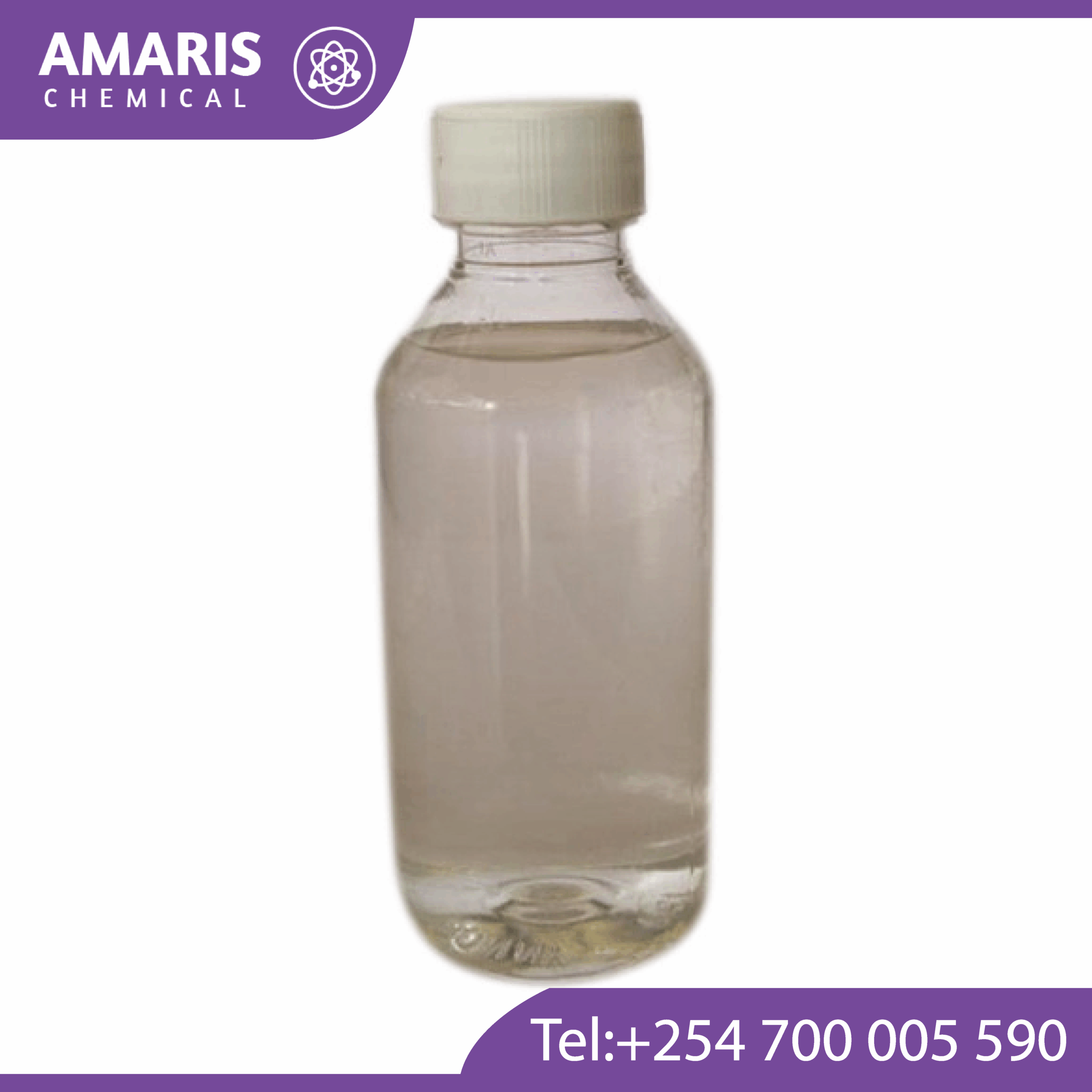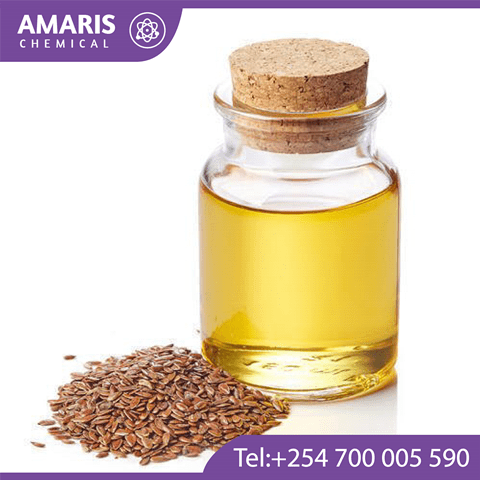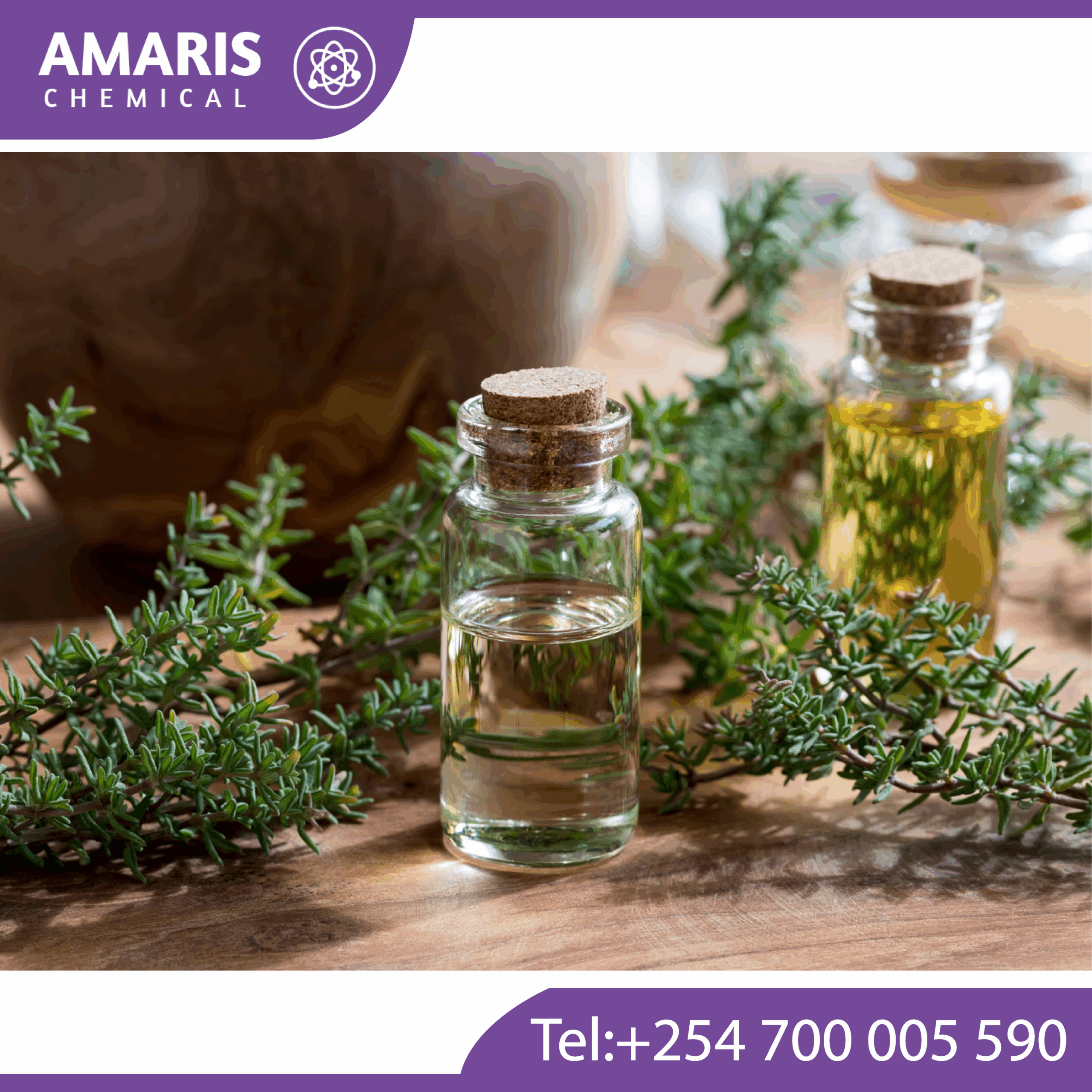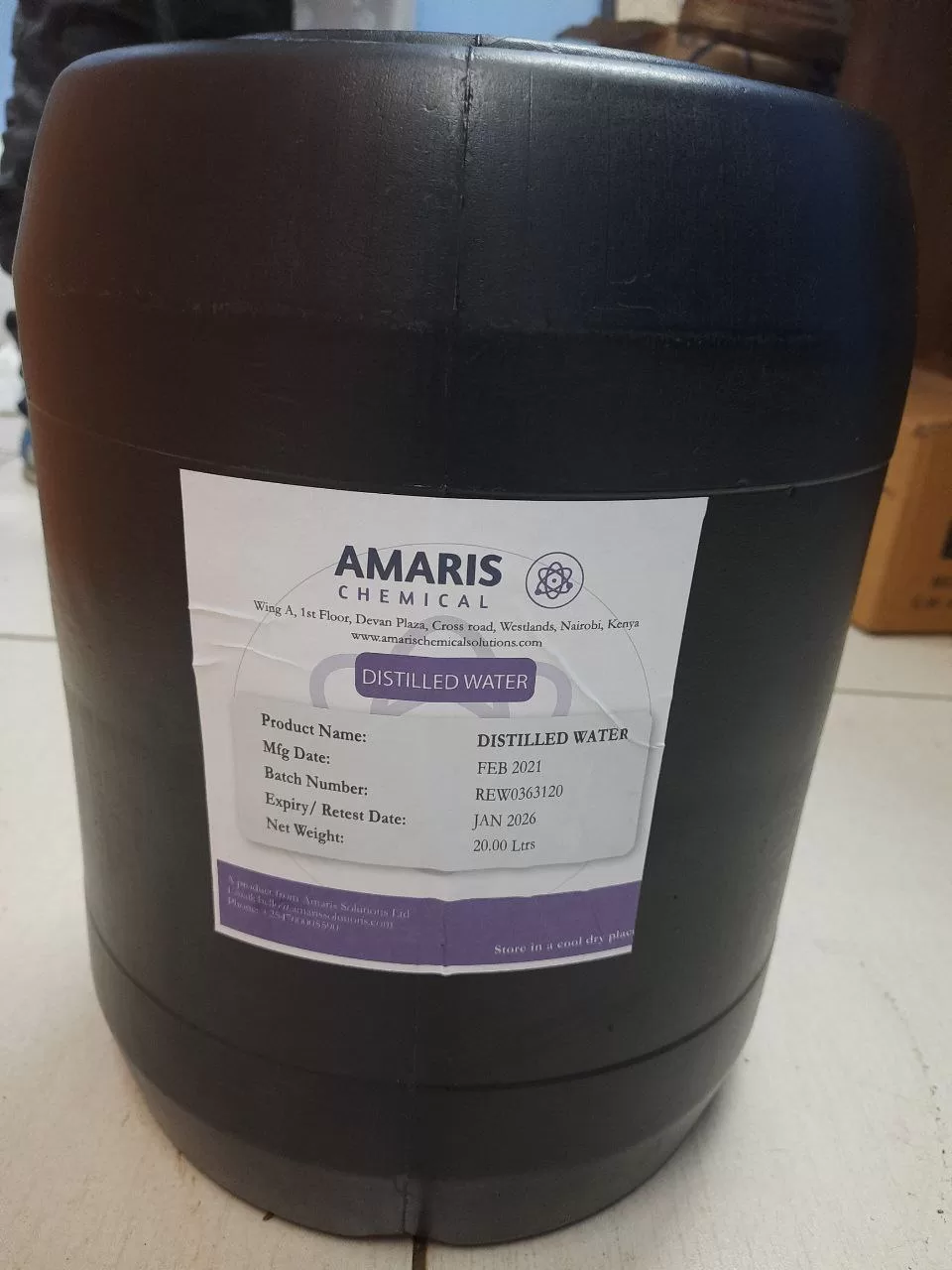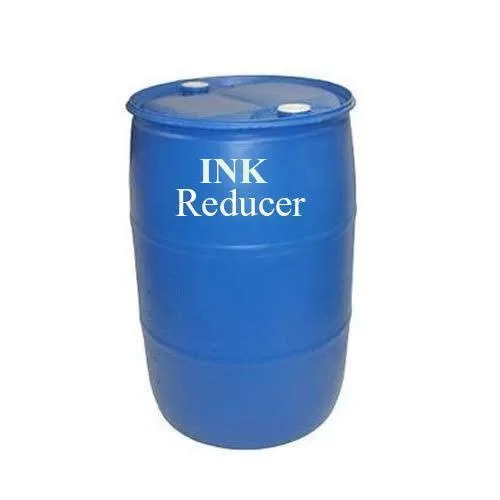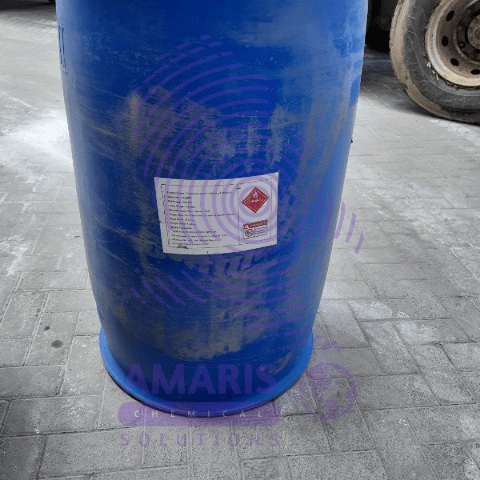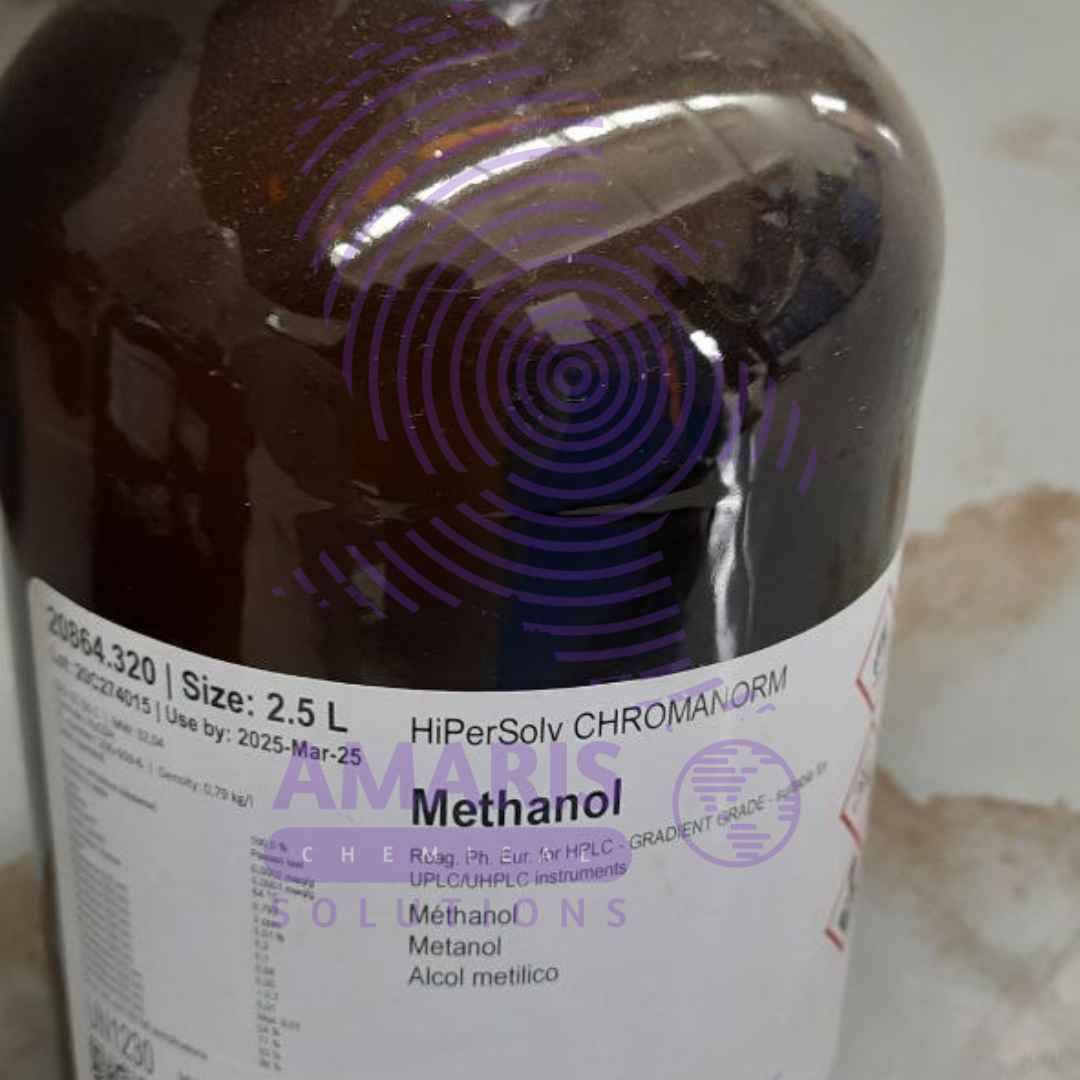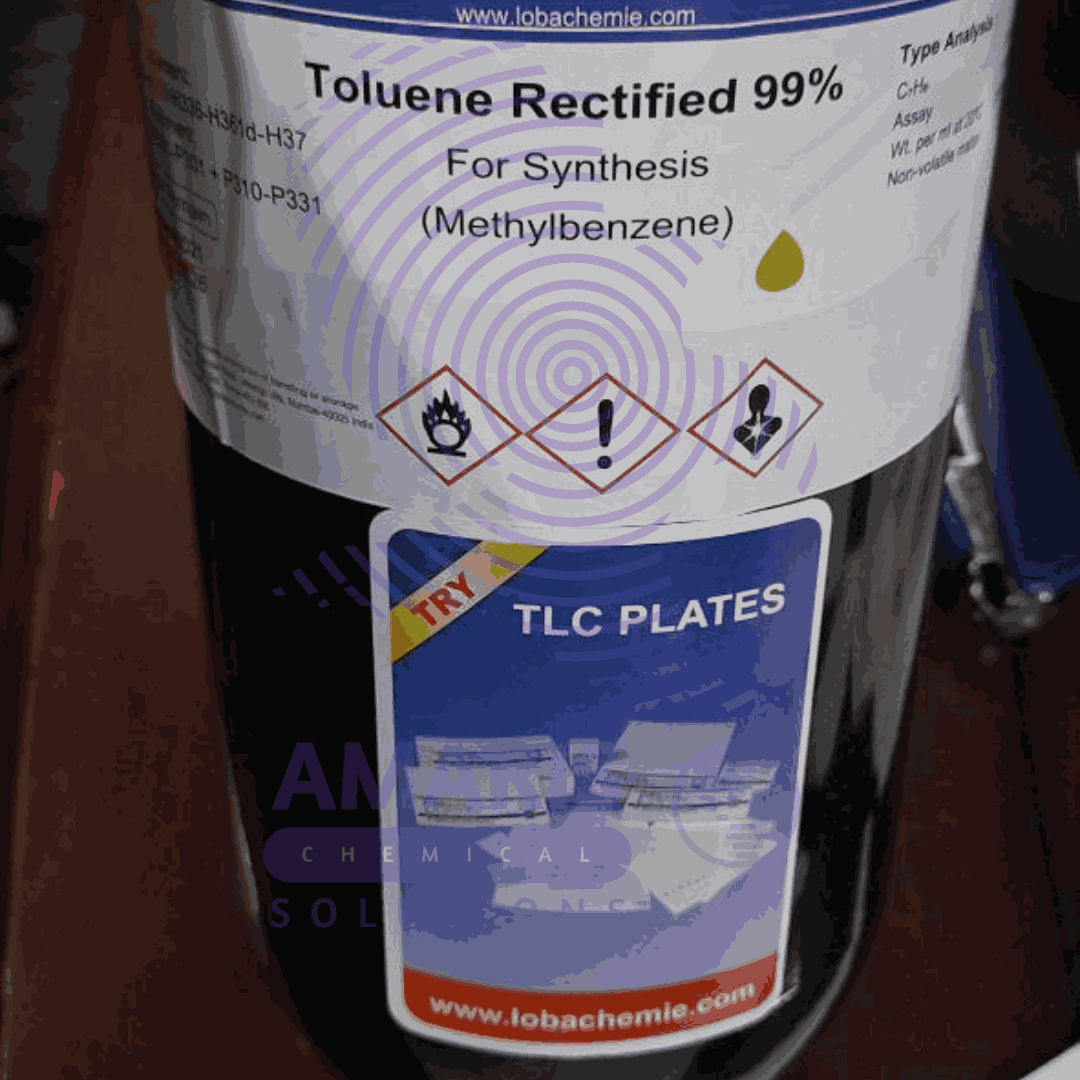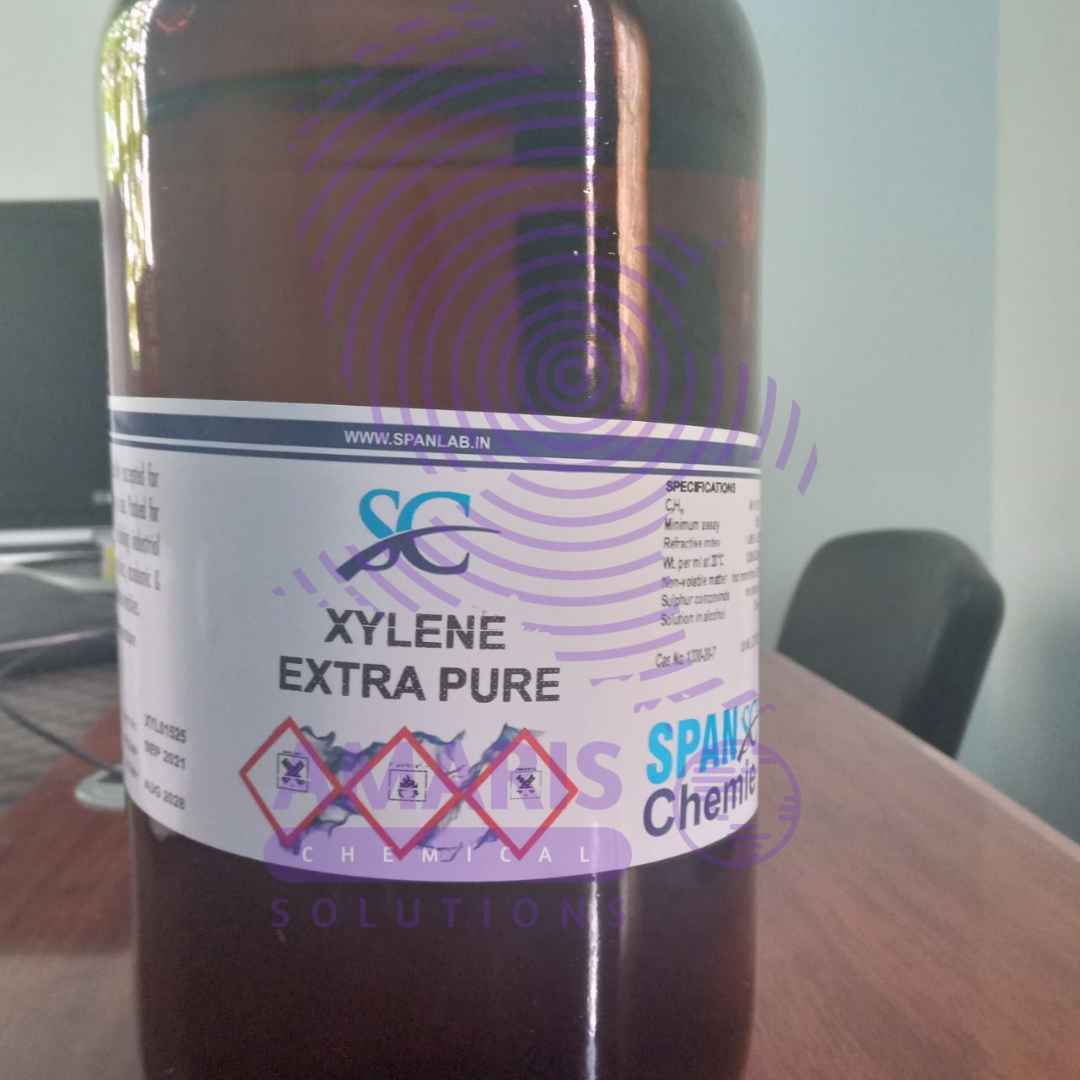“Hexane 2.5litres AR” has been added to your cart. View cart
Shipping & Delivery


MAECENAS IACULIS
Vestibulum curae torquent diam diam commodo parturient penatibus nunc dui adipiscing convallis bulum parturient suspendisse parturient a.Parturient in parturient scelerisque nibh lectus quam a natoque adipiscing a vestibulum hendrerit et pharetra fames nunc natoque dui.
ADIPISCING CONVALLIS BULUM
- Vestibulum penatibus nunc dui adipiscing convallis bulum parturient suspendisse.
- Abitur parturient praesent lectus quam a natoque adipiscing a vestibulum hendre.
- Diam parturient dictumst parturient scelerisque nibh lectus.
Scelerisque adipiscing bibendum sem vestibulum et in a a a purus lectus faucibus lobortis tincidunt purus lectus nisl class eros.Condimentum a et ullamcorper dictumst mus et tristique elementum nam inceptos hac parturient scelerisque vestibulum amet elit ut volutpat.
Related products
Butanol 99.4%
Rated 4.75 out of 5
Butanol, also known as butyl alcohol, is a type of alcohol with four carbon atoms in its molecular structure. There are four isomeric forms of butanol, which differ based on the location of the hydroxyl (-OH) group on the carbon chain. These isomers are:
- n-Butanol (1-butanol): The "n" stands for "normal," indicating that the carbon chain is linear. It is often used as a solvent and in the production of plastics, coatings, and pharmaceuticals.
- Isobutanol (2-methyl-1-propanol): This isomer has a branched structure, with a methyl group (-CH3) attached to the second carbon atom. Isobutanol has applications as a solvent, in the production of various chemicals, and as a fuel additive.
- Sec-butanol (2-butanol): It has a branched structure, with the hydroxyl group attached to the second carbon atom. It's used as a solvent and in the manufacture of perfumes and pharmaceuticals.
- Tert-butanol (2-methyl-2-propanol): This isomer is highly branched, with the hydroxyl group attached to a carbon atom that is itself attached to three other carbon atoms. Tert-butanol is used primarily as a solvent and as a chemical intermediate.
Deionized water 20 litres
Deionized water, also known as demineralized water, is water that has had its mineral ions (such as sodium, calcium, iron, and copper) and dissolved solids removed through a process called ion exchange.
Distilled water, on the other hand, is water that has been purified by boiling it into steam and then condensing the steam back into water. This process removes impurities such as minerals, bacteria, and other contaminants.
Both deionized and distilled water are highly purified forms of water, but the processes used to purify them are different. Deionized water is typically used in laboratory settings or in industrial processes, while distilled water is commonly used in medical applications, humidifiers, and in some consumer products
Ethylene Glycol Monoethyl 190kg
Rated 5.00 out of 5
Ethylene glycol monoethyl is a chemical compound that belongs to the family of glycol ethers. It is also known by its systematic name, 2-ethoxyethanol. Its chemical formula is C4H10O2, and its molecular weight is 90.12 g/mol.
Ethylene glycol monoethyl is a clear, colorless, and slightly viscous liquid with a faint, sweet odor. It is commonly used as a solvent in various industrial applications, such as in the manufacturing of paints, varnishes, and lacquers, as well as in the production of cleaning agents and cosmetics.
However, it is important to note that ethylene glycol monoethyl can be toxic if ingested or inhaled in large amounts. It can cause irritation to the eyes, skin, and respiratory system, and prolonged exposure can lead to more serious health effects. Therefore, it is crucial to handle and store this chemical compound safely and to follow proper safety precautions when working with it.
Ink reducer (ethanol)
Methanol 160 kg
Methanol, also known as methyl alcohol, is a colorless, flammable, and highly volatile liquid alcohol with the chemical formula CH3OH. It is the simplest alcohol, consisting of a methyl group (CH3) linked to a hydroxyl group (OH). Methanol is commonly used as a solvent, fuel, and antifreeze agent. It is also used in the production of formaldehyde and other chemicals, and as a feedstock for the production of other substances such as olefins and biodiesel. Methanol is toxic and can be fatal if ingested or inhaled in high concentrations.
Sulphuric Acid 2.5 liters
Sulfuric acid is a highly corrosive and strong mineral acid with the chemical formula H2SO4. It is a dense, colorless, odorless, and viscous liquid that is soluble in water and is one of the most widely used chemicals in industry. Sulfuric acid is used in the production of fertilizers, dyes, detergents, and other industrial chemicals. It is also used as a laboratory reagent and in the processing of metals and ores. Sulfuric acid is known for its ability to react violently with many substances, and it should be handled with extreme care.
Toluene 2.5 liters
Toluene is an aromatic hydrocarbon compound with the chemical formula C₆H₅CH₃. It is a clear, colorless liquid with a sweet, pungent smell. Toluene is widely used as a solvent in various industrial processes and is a common ingredient in many products, including paints, coatings, adhesives, and cleaning agents. It can also be found naturally in crude oil and is produced during the process of making gasoline. Toluene is flammable and can have harmful effects on human health if inhaled or ingested in large quantities.
Xylene 2.5 liters
Xylene refers to a group of three isomeric aromatic hydrocarbon compounds: ortho-xylene, meta-xylene, and para-xylene. It is a colorless, flammable liquid with a sweet odor. Xylene is primarily used as a solvent in various industrial processes, including the production of paints, coatings, adhesives, and rubber. It can also be found in small amounts in gasoline and other petroleum products.

